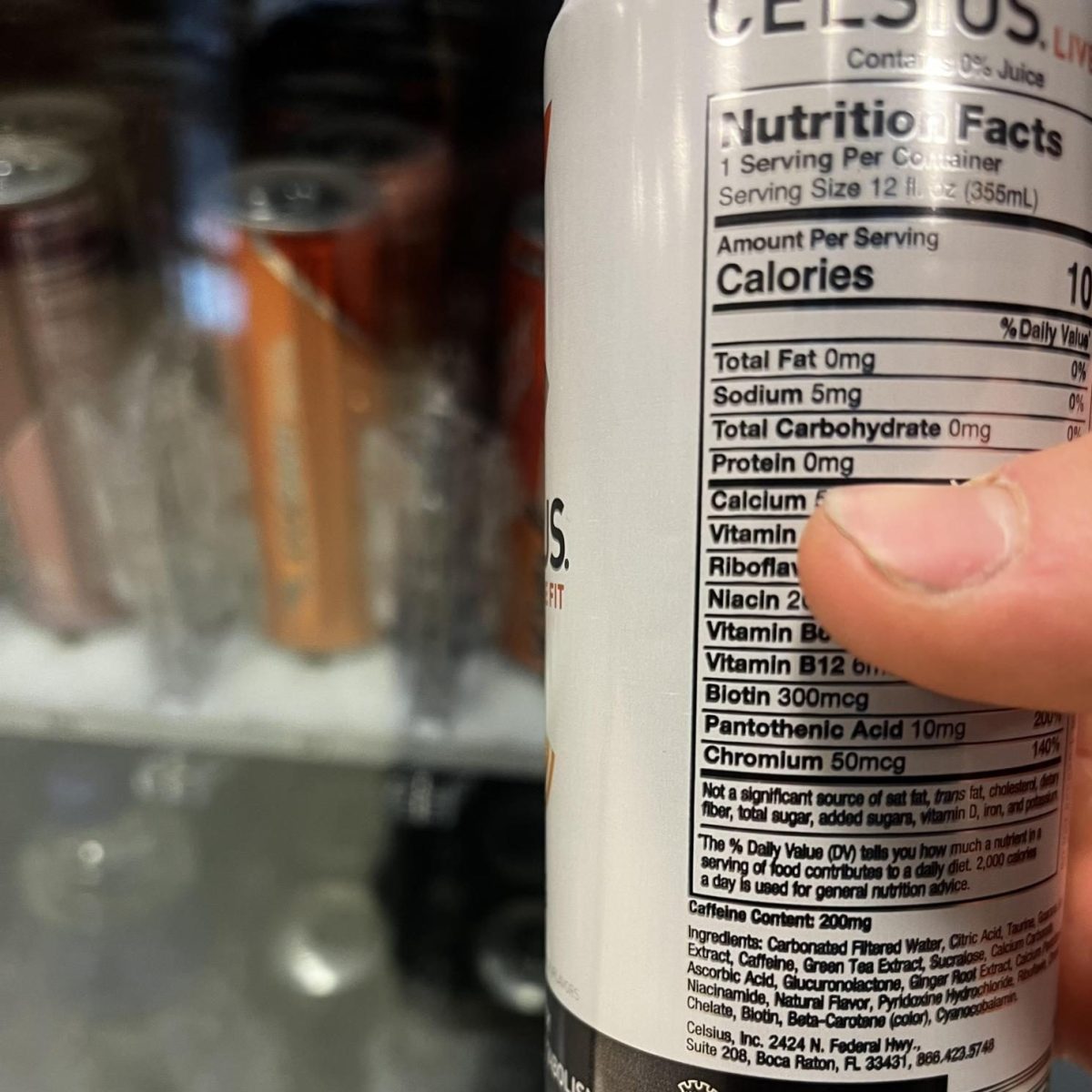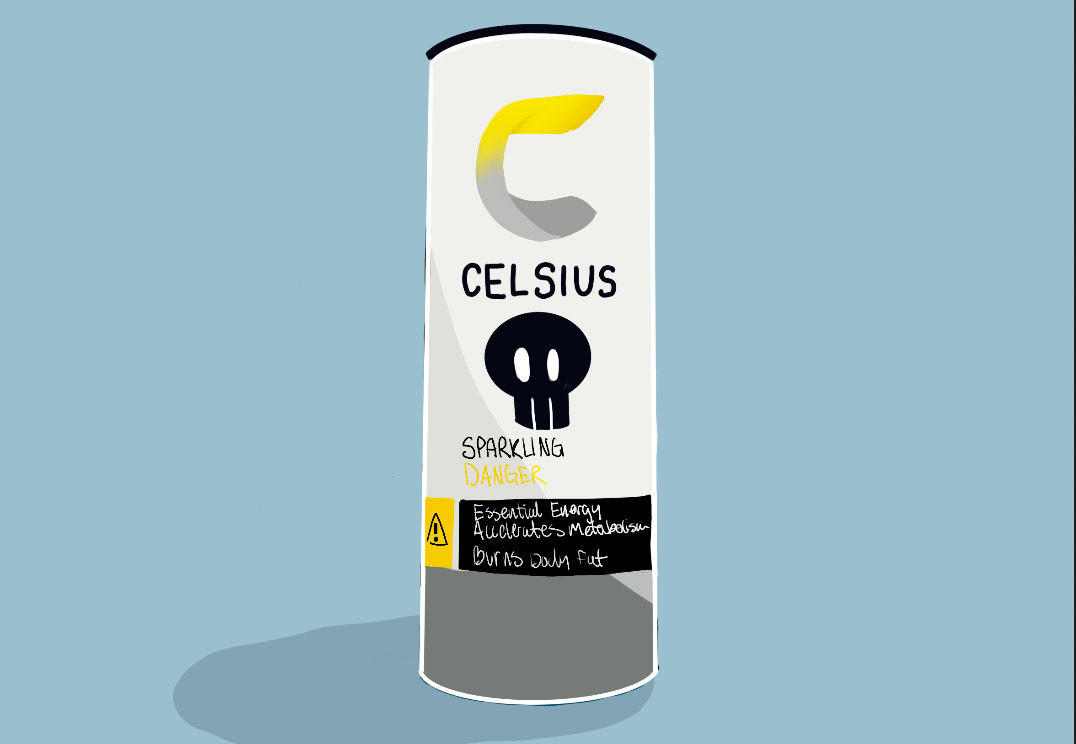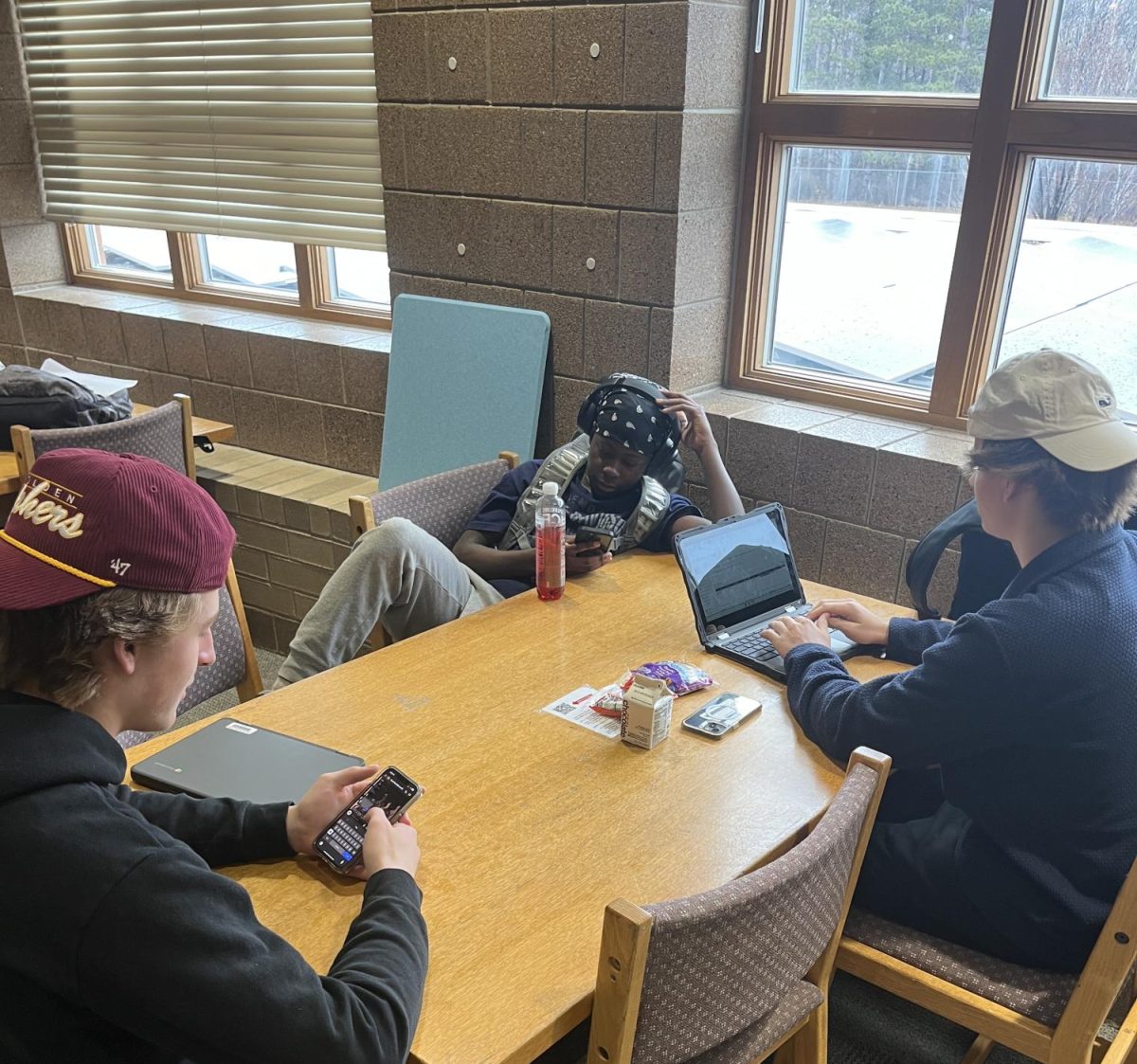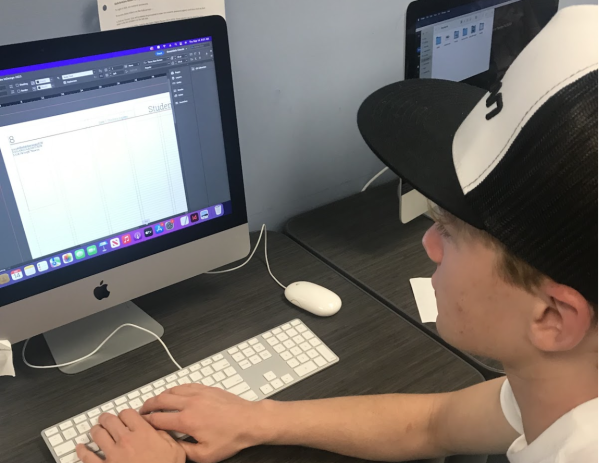Recently in October, a collage student named Sarah Katz, who went to Penn State University, died after drinking a highly caffeinated energy drink. The drink was a charged lemonade from Panera Bread that had 390 milligrams of caffeine. This drink did not have a warning label on it and was placed next to other un caffeinated beverages. 21-year-old Katz had a heart condition where she constantly avoided caffeine, 390 milligrams of caffeine was catastrophic for her.
Teens and young adults are effected by caffeine more then they realize. Sixteen percent of teens drink highly caffeinated drinks regularly. The lack of teens and young adults having knowledge of caffeine’s side effects, mixed with companies targeting their advertising towards teens is a recipe for disaster. It should not be culturally appropriate for teens and young adults to drink caffeine.
Many people do not know how much caffeine is too much for them. Thirty percent of people do not know the safe level of caffeine and many more people underestimate the safe amount. There are many people who do not even realize or know that caffeine has negative effects on them or that there are risks associated with it too.
After giving a presentation on the risks of caffeine, junior Cole Nuss said that he did not know that there were negative effects of caffeine, besides addiction to it. A lot of people only see the positives of it; which include it burning fat and increasing mood and energy.
People under the age of 17 should not have more than 100 milligrams of caffeine according to the FDA, but Celsius Energy Drinks, which have 200 milligrams of caffeine are sold in high schools. Many more energy drinks marketed towards teens have upwards of 300 milligrams of caffeine, which is three times the amount that is safe for teens.
“The marketing of fruits with the bright colors. It’s been reminding me a lot of the vaping industry like these products are being marketed towards supposedly adults who are working out but it’s being sold in schools,” senior Stella McHugh said.
Most people who do not read labels will not know if something they are drinking has unhealthy levels of caffeine. In many instances, companies usually add labels after a lawsuit happens because they are forced to do so. Panera Bread is now facing major lawsuits due to not labeling its Charged Lemonade correctly. But for the overall health of the average consumer, companies are “helping out with lawsuits” by adding warning labels, senior Ava Biederman said.
“I think labels are helpful. But there are so many people that don’t even read them. I don’t know if it would change that much,” senior Alison Keeler said.
Although caffeine is dangerous for teens, it is helpful with the day-to-day life of a teenager. It can give somebody motivation to be active or get something done if they do not have energy, which can happen a lot during high school.
Caffeine is especially “geared towards how a teen’s life, like waking up early to go to school and staying out late to do sports,” senior Belle Lapos said.
An excess of caffeine is getting drank by teens all around the world without knowing the effects. It is common for people to only see the benefits of caffeine and ignore the risks and health issues that can come out of it. Next time anybody drinks caffeine, Know the risks and take a look at how much caffeine is in there.











Jayda Boutchee • Feb 6, 2024 at 8:58 am
The article was constructed beautifully as it shows the real dangers of drinking so many energy drinks when you’re under the age of 17. Even over the age of 17, you should be wary as to what you put in your body. The problem is the same argument can be made about coffee. Though not as dangerous, it still harms your body. The article highlights the dangers of caffeine and urges readers to be careful when they consume it. Overall a wonderful article with a lot of information!